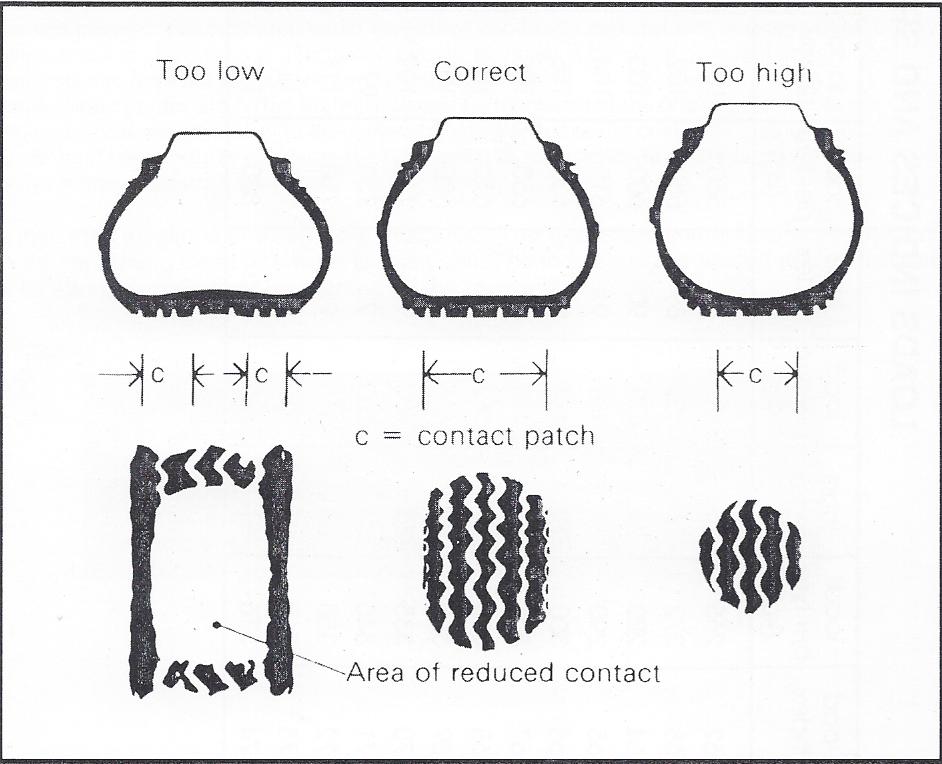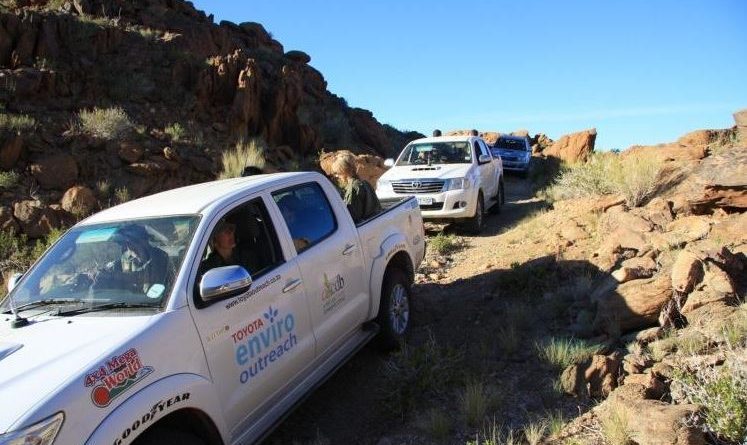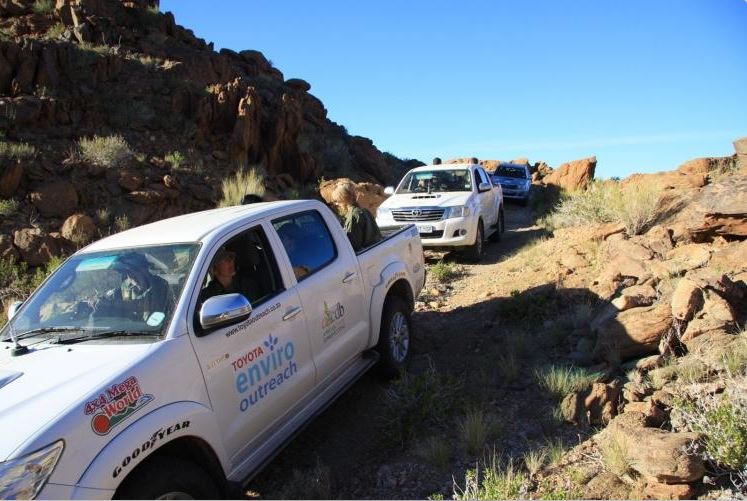How can the advice from driver instructors help to reduce vehicle crashes on gravel roads?
Earlier today 6 people were injured when a light delivery vehicle overturned on a gravel road near Ficksburg. We often underestimate the importance of safe driving advice for those driving on gravel roads. Too often do we assume that our vehicles are perfect for driving on gravel – and do not give enough attention to the changes required in driving behaviour!
With this in mind we decided to consult the experts from Toyota Advanced Driving for safe driving advice when driving on gravel!
- What are the most common mistakes the average driver makes when driving on gravel?
The most common mistake is driving too fast. People generally adopt an attitude that a 4×4 or a 4×2 are purpose built for driving fast on gravel roads and therefore tend to drive less cautiously.
- What would you regard as the biggest risks when driving on rural gravel roads with a normal vehicle?
Beside driving too fast it is the general condition of the roads and any sudden change of direction to avoid a pothole or soil erosion that can cause the vehicle to lose traction, resulting in the driver losing control of the vehicle.
- What are the major differences to be aware of when driving a four-wheel system as compared to front-wheel or rear-wheel drive?
The most important thing to bear in mind is that a 4×4 vehicle has far greater traction due to the fact that power is distributed to both the front and rear wheels ( push/pull theory) therefore making it easier to control. Therefore a front-wheel or rear-wheel driven vehicle is limited and should the “driven” wheels lose traction it is significantly more difficult to regain control of the vehicle in the event of a slide.
- How important would you regard driving experience for safety when driving on gravel?
Any form of experience is beneficial when driving off-road but so much more on gravel as most drivers tend to drive beyond their capabilities often with disastrous consequences.
- What skills and qualities allow the rally drivers to be so much better on gravel?
Rally drivers generally have a lot of experience, above average driving skills and probably their greatest asset is knowing and respecting their own and the vehicles capabilities and limits.
- If you are to drive regularly and long distances on gravel – is there anything you should consider with regards to vehicle maintenance and the “setting-up” of your car / changing anything on your car?
The most critical “set-up” of your vehicle irrespective of whether you are driving on-road or off-road is the condition of your tyres and the correct pressure. If you consider that all that separates you and your family from a safe driving experience or a potential mishap is the four small “contact’ patches where the tyre meets the driving surface. It is imperative to check tyre pressures on a regular basis thereby ensuring maximum contact as traction = maximum safety and tyre life.
At a glance you can establish whether your tyres pressures have been correct, an over-inflated tyre shows more wear in the centre of the tread and an under-inflated tyre shows more wear on the sides of the tread. Consult your owners manual for correct tyre pressures or contact any reputable tyre fitment centre for advise.

- What are the most important vehicle components for safe driving on gravel ?
Travelling at the correct speed ” As slow as possible and as fast as necessary” and the correct tyre pressure.
- How do you suggest that the average driver goes about improving his skills for driving on gravel?
Practising to manage a vehicle in an under and over-steer situation. There are driving courses that teach these “lifesaving” skills.
Also view:
Advanced Driving and Road Safety
4×4 Off Road Driving Techniques & Safety






